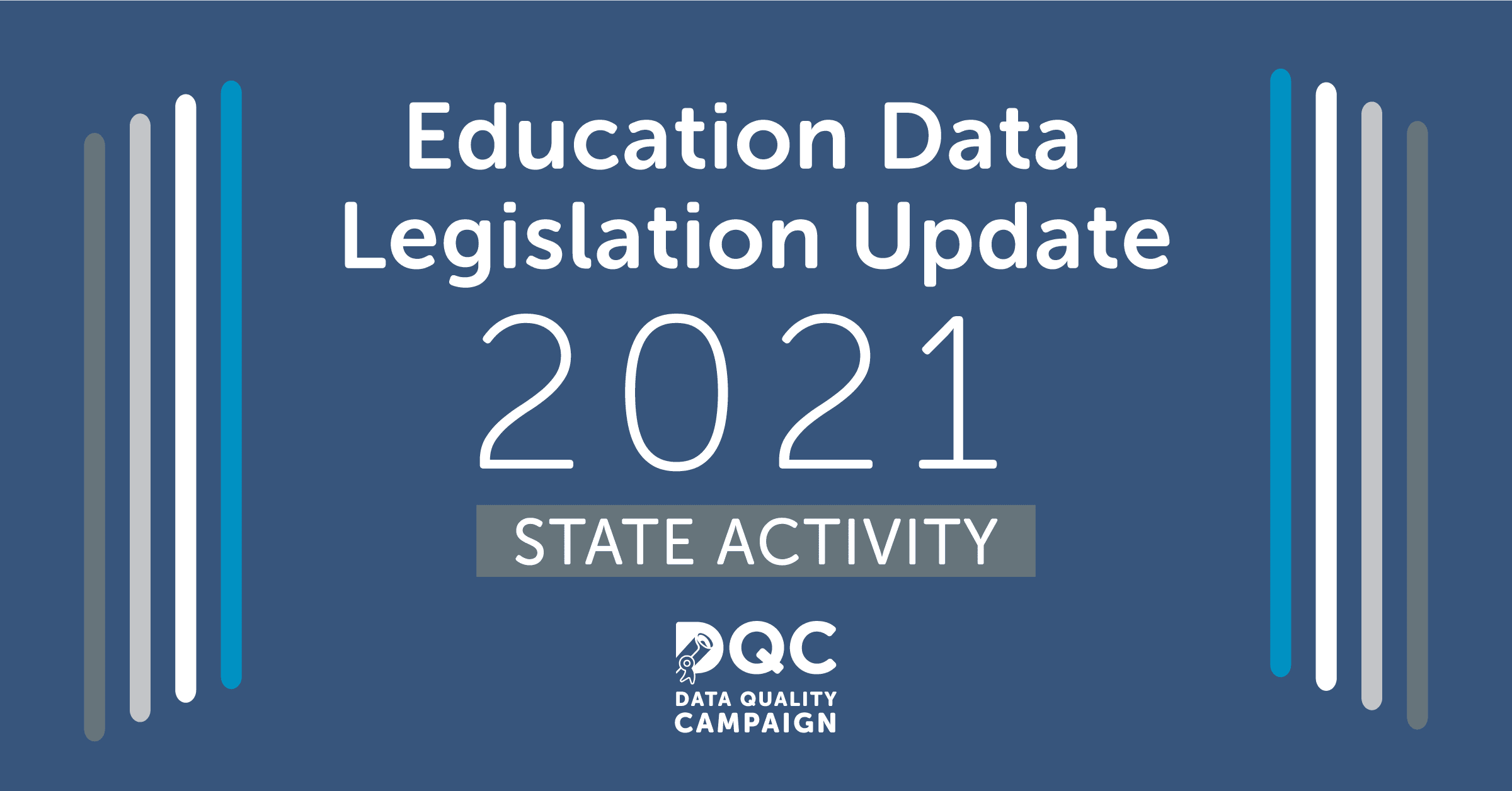As part of our 2021 legislative tracking, DQC is currently paying attention to 63 bills in 30 states. And we’re starting to see the trend that states are once again considering “Right to Know” legislation.
Last year, eight states introduced their own versions of Right to Know legislation. Two bills—in West Virginia and Kentucky—became law, but the COVID-19 pandemic shifted state legislative activity away from efforts in other states. As DQC President and CEO Jennifer Bell-Ellwanger wrote in The 74 about Right to Know legislation considered last year, “this legislation represents a huge step forward in shining a light on the state of education and the workforce, and in empowering students by placing information about potential pathways and real outcomes at their fingertips.”
This year, some of those states are picking up Right to Know efforts again. Four states are currently considering Right to Know bills that would help high school students access critical data for postsecondary decisionmaking.
Legislators in Maryland introduced the Student Horizon Database and Scorecard (Students Right to Know Act of 2021), and leaders in Missouri, Kansas, and Arizona reintroduced similar versions of bills that first emerged last year aiming to support high school students with information in their transition from K–12 to postsecondary opportunities.
Across all of these proposed bills, legislators are focused on efforts to:
- Compile data on high-demand jobs and potential job earnings following graduation from colleges and universities.
- Compile data on the average cost of higher education and average monthly loan payments.
- Publish data online and distribute information directly to students through their high schools.
- Direct state agencies to work together to collect and report the necessary data for these bills.
These Right to Know efforts are the latest evidence that state policymakers are focused on pathways. As we continue tracking legislative efforts across the country, we’ll keep an eye out for this and other promising trends in education data policy.


